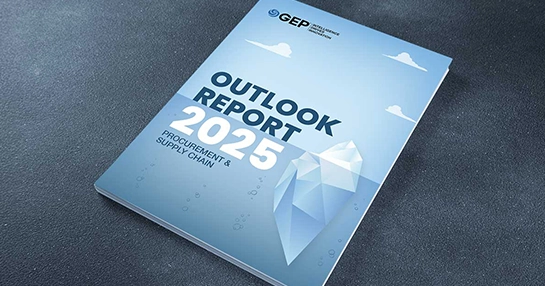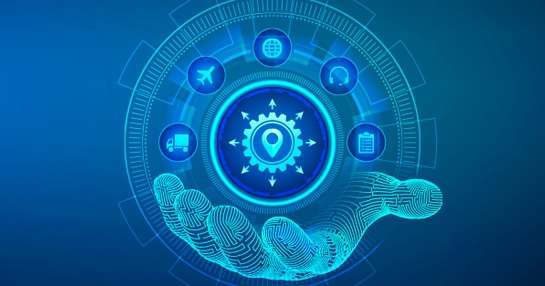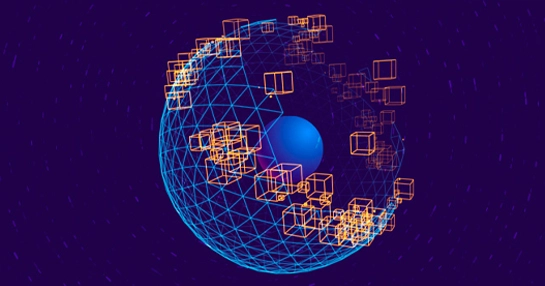What is an Efficient Consumer Response?
Global consumer response is a driving force in the supply chain management process. With ECR in supply chain management, suppliers, manufacturers, wholesalers, retailers, and other business entities can work better together. They meet the changing demands of the consumer through collaboration, ensuring higher accuracy and lower costs.
As a collaborative movement or philosophy, ECR began in 1993 and has become popular worldwide since then. The movement started with new principles and ideas around supply chain management. Collaborating with trading partners to provide better services to customers was one of them.
Companies globally came together to discuss the importance of collaborative practices. Discussions were held on how they could work together to reduce costs. Their message was simple—if we work together, we can be better and more efficient at supply chain management.
The members of the ECR discussed the important issues facing their industry and how to fix them. Members discussed factors that affected each activity, and prioritized and assigned importance to each, highlighted the potential consequences each issue brought and discussed how to solve them.
At the heart of ECR was a movement toward more advanced, at-home digital products. This was due to dramatic advancements in IT. It also included increased movements of goods across international borders. Businesses needed to reconsider how they were sending out products. It relied on what consumers really wanted.
ECR Revolutionizing the Supply Chain
The use of ECR in supply chain management has proved powerful and successful. ECR introduced a new perspective on the issues that retail supply chains faced. The focus was on the entire supply chain — from raw materials to logistics service providers.
The intention of the study was to identify and include all partners in the supply chain, including raw material suppliers, transportation service providers, logistics partners, wholesalers, warehouses and retailers. The domestic distribution service providers were also part of the supply chain.
A study on ECR covered two parts. One part focused on store formats and transportation, while the other focused on changes in the backend supply chain. With the help of technology, major changes were made to the way inventories and data were tracked.
Specific Practices of ECR
- Multiple daily order placements
- Reducing inventory and lead time
- Learning how to avoid work through close docking
ECR in supply chain management is a global organization that continues to grow. The initiative has helped many companies plan their supply chains better. ECR continues to help companies improve by publishing guides, hosting conferences and encouraging best practices.
Stay Ahead With Fresh Thinking and Insights
Explore the latest trends, technologies, and strategies in procurement and supply chain management. Dive into insight-packed white papers, research reports, case studies, and webcasts to stay informed and lead the way.

GEP Outlook 2025: Procurement & Supply Chain Key Trends, Challenges and Opportunities

World's Leading, Unified Source-to-Pay Platform for Direct and Indirect Spend Management
GEP SMART is an AI-powered, cloud-native source-to-pay platform for direct and indirect procurement. GEP SMART offers comprehensive source-to-pay functionality in one user-friendly platform, inclusive of spend analysis, sourcing, contract management, supplier management, procure-to-pay, savings project management and savings tracking, invoicing and other related functionalities.

Next-Gen, End-to-End Supply Chain Management Platform for the Connected Enterprise
GEP NEXXE is a unified and comprehensive supply chain platform that provides end-to-end planning, visibility, execution and collaboration capabilities for today’s complex, global supply chains. Built on a foundation of data, artificial intelligence and cognitive technologies, GEP NEXXE helps enterprises digitally transform their supply chains and turn them into a competitive advantage.




